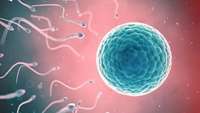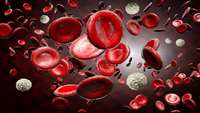Skeletal stem cell fate is decided by fatty acids and blood
Skeletal stem cells can be influenced by nutrient levels in the blood to form either bone or cartilage after bone damage.
New technique may lead to safer stem cell transplants
Studying mice, researchers have developed a method of stem cell transplantation that does not require radiation or chemotherapy. Instead, the strategy takes an immunotherapeutic approach, combining the targeted elimination of blood-forming stem cells in the bone marrow with immune-modulating drugs to prevent the immune system from rejecting the new donor stem cells.
Better artificial periosteum for repairing bone damage
The periosteum is a complex tissue membrane that covers the outer surface of most bones in our bodies. It plays an important role in bone growth, delivering essential nutrients and blood, and as such, has been widely recognized for its remarkable regenerative capacity.
Brain implant helps a blind woman see simple shapes for the first time
58-year-old Berna Gómez has been totally blind for the past 16 years after developing toxic optic neuropathy, a condition that rapidly destroys the optic nerves connecting the eyes to the brain. Within a matter of days, Gomez says, she completely lost her vision and any perception of light.












